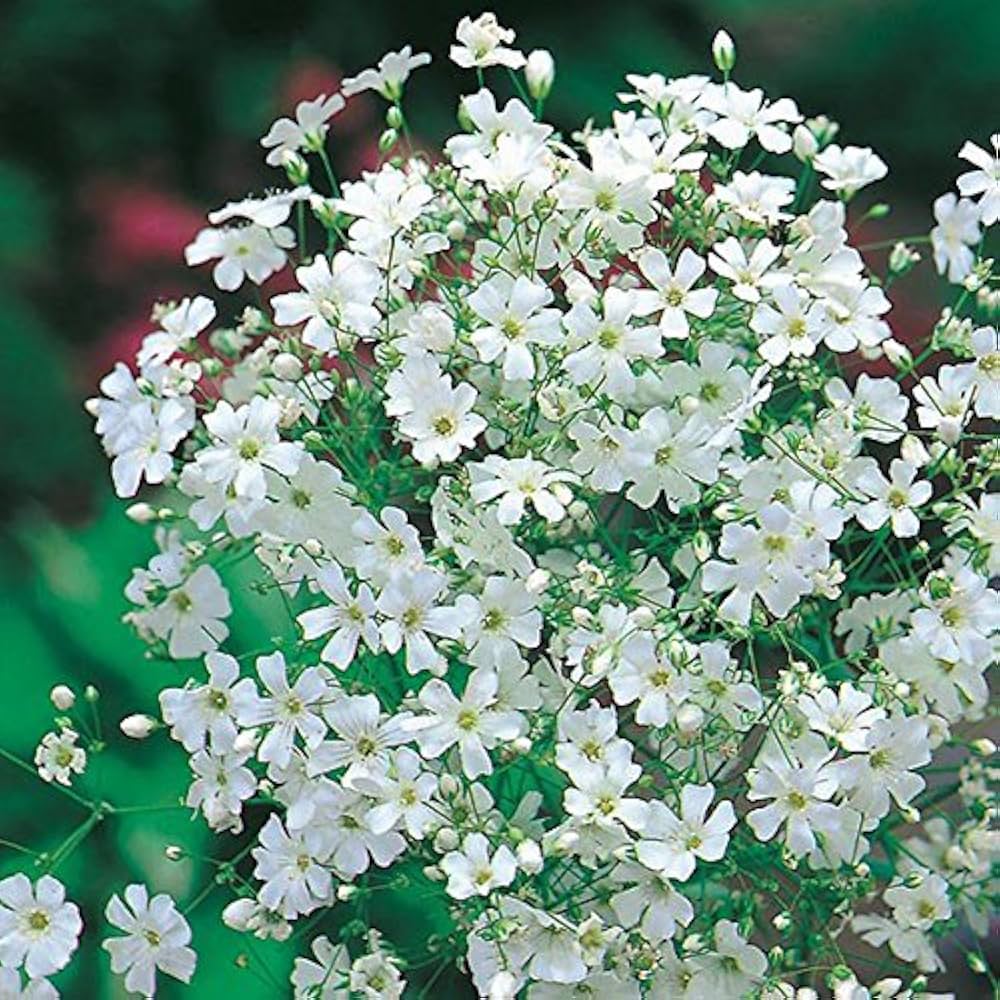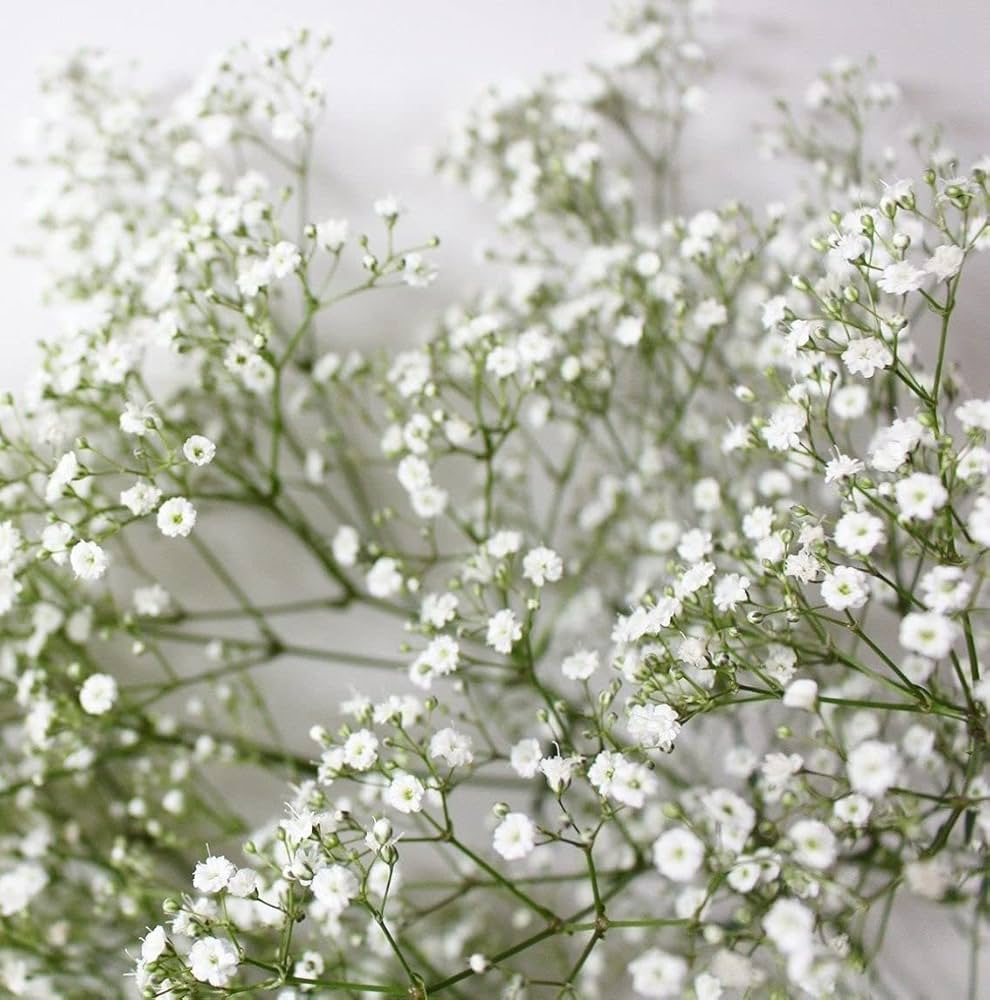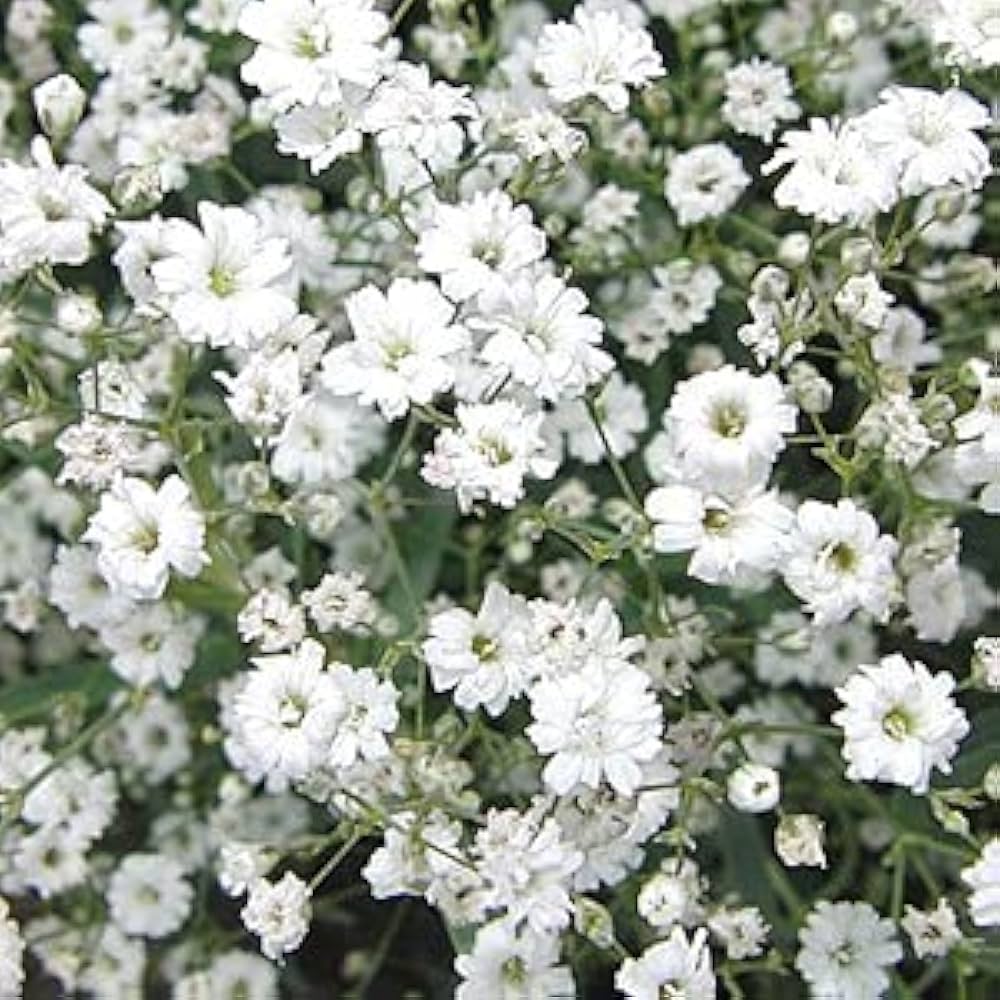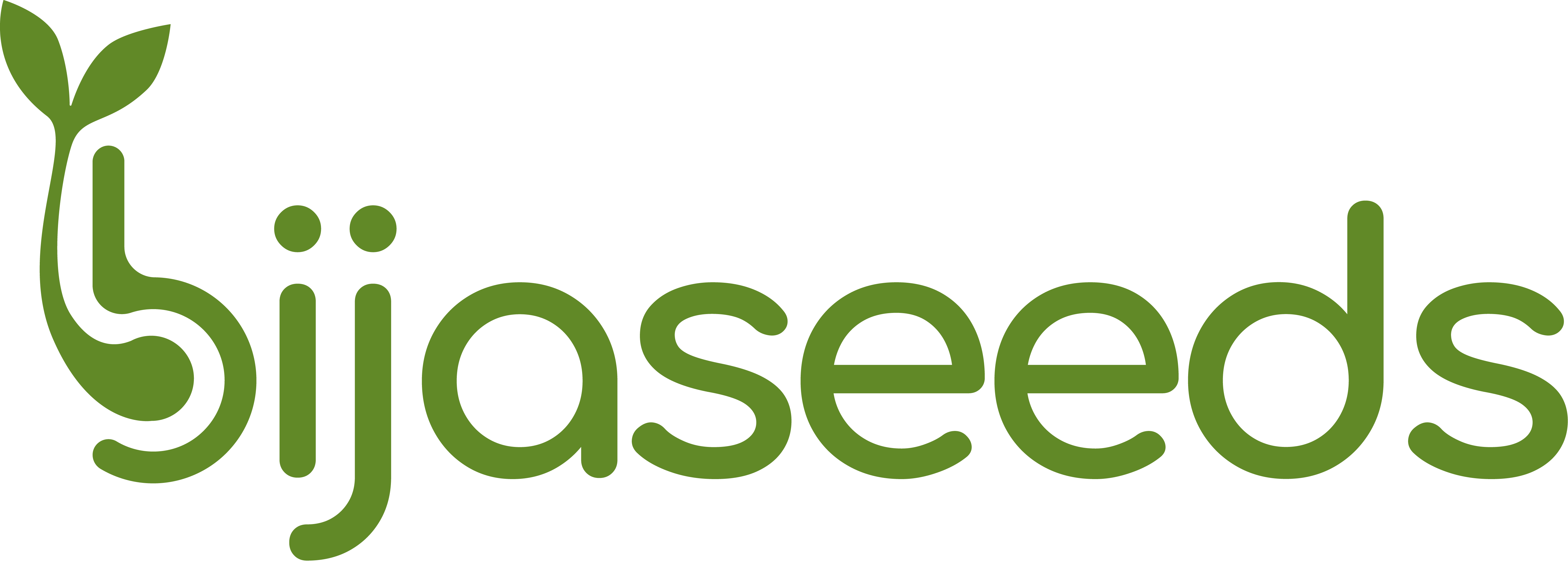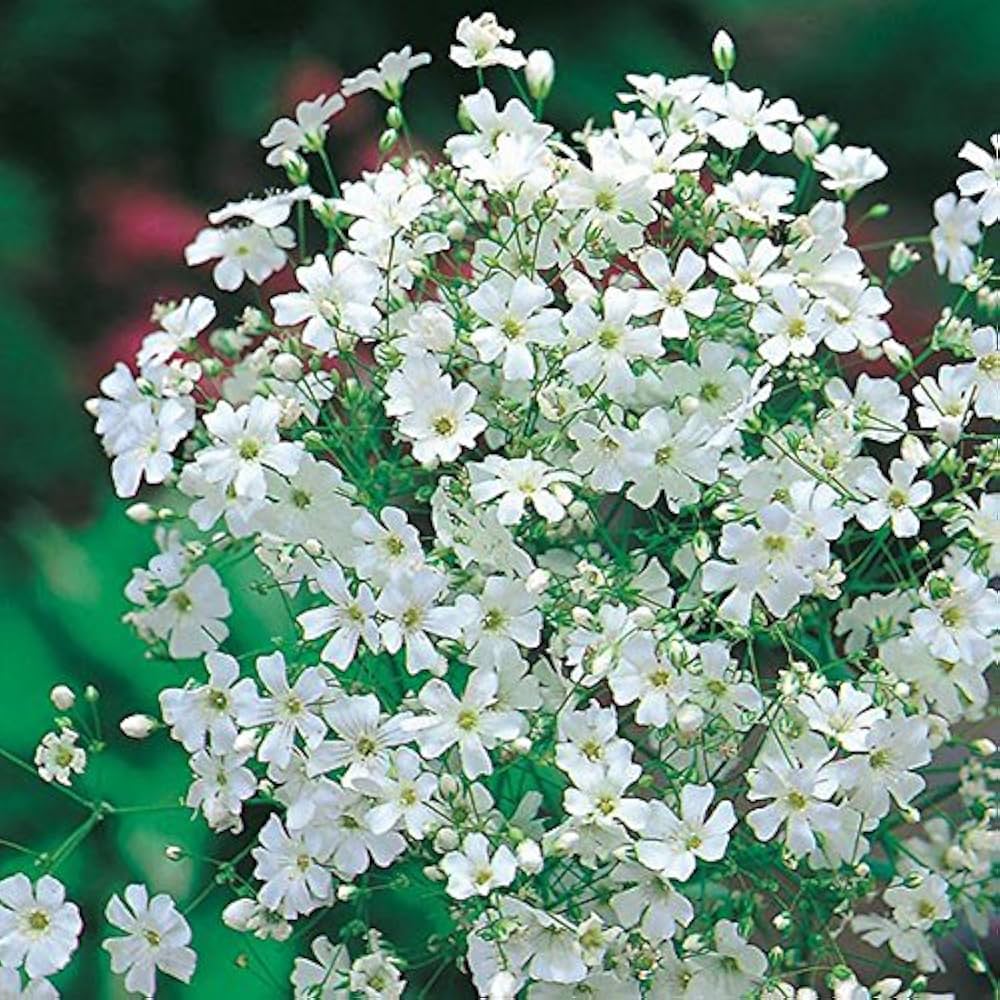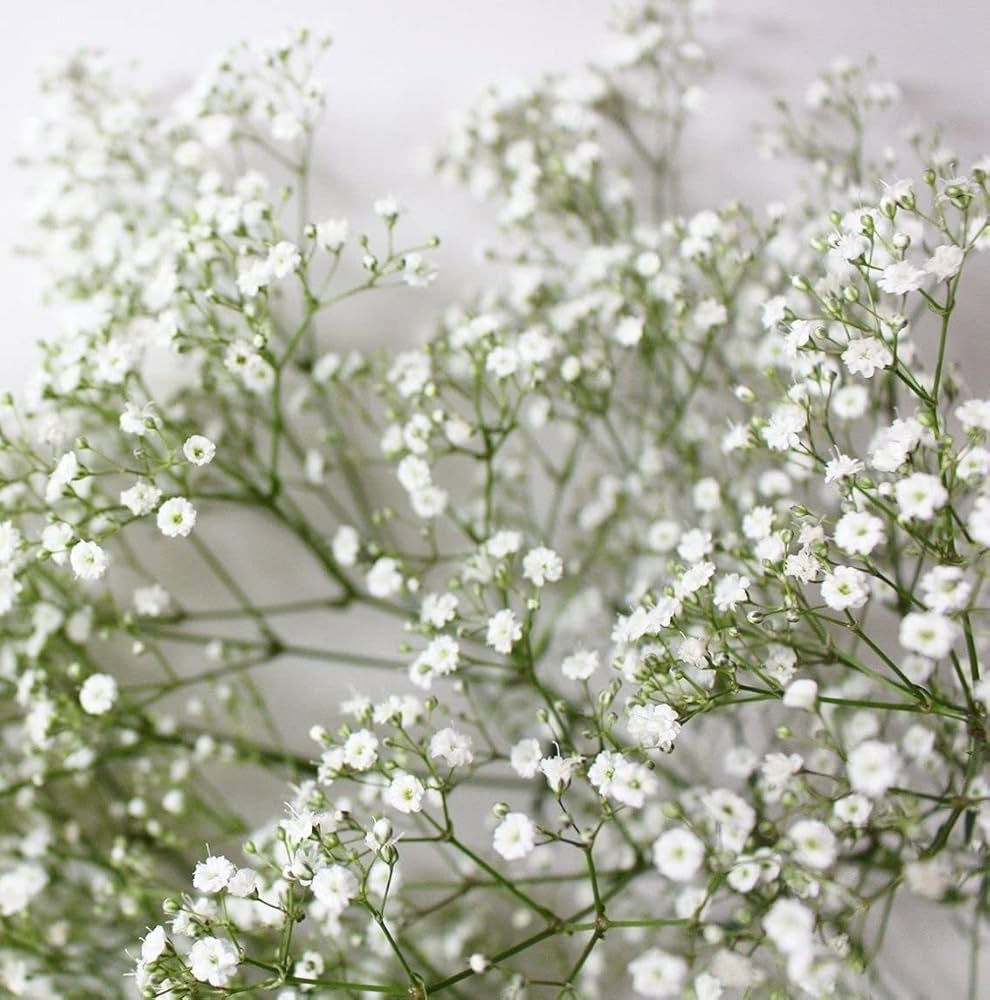Gypsophila Paniculata Romantic Star Flower Seeds
Couldn't load pickup availability
Description
Gypsophila Seeds
Characteristics and Uses of Gypsophila Plants
Gypsophila, commonly known as Baby's Breath, is a charming flowering plant celebrated for its delicate, airy clusters of small white or pink flowers. These plants are often used in floral arrangements and bouquets, providing a beautiful filler that enhances the overall aesthetic of any floral display. Gypsophila is not only valued for its beauty but also for its hardiness and ability to thrive in various conditions, making it a favorite among gardeners. Its long-lasting blooms and pleasant appearance make it an excellent choice for both ornamental gardens and cut flower production.
Growing Conditions for Gypsophila Plants
- Light Requirements: Prefers full sun, requiring at least 6-8 hours of direct sunlight each day for optimal growth.
- Soil Type: Thrives in well-draining, sandy or loamy soil with a pH of 6.0 to 7.5.
- Temperature: Grows best in moderate temperatures, ideally between 60°F to 75°F (15°C to 24°C).
Planting Tips for Gypsophila
- Seed Depth: Sow seeds about 1/8 inch deep in the soil.
- Spacing: Space plants approximately 12-18 inches apart to allow for proper air circulation and growth.
- Timing: Start seeds indoors 6-8 weeks before the last frost or sow directly outdoors in spring after the danger of frost has passed.
Watering Instructions and Tips
- Watering Frequency: Water regularly, allowing the soil to dry out slightly between waterings to prevent root rot.
- Watering Method: Use a gentle spray or watering can to avoid disturbing the soil and seedlings.
- Signs of Overwatering: Yellowing leaves or wilting may indicate excess moisture; adjust watering accordingly.
Growing Zones
Gypsophila is suitable for USDA zones 3-9 and can thrive in global zones with similar climates, making it a versatile choice for gardeners in various regions.
Key Benefits & Uses
- Delicate Blooms: The small, airy flowers provide a lovely visual display, enhancing any garden or floral arrangement.
- Attracts Pollinators: Gypsophila flowers draw in bees and butterflies, promoting a healthy ecosystem in your garden.
- Low Maintenance: Once established, Gypsophila requires minimal care, making it ideal for busy gardeners.
Best Uses in the Garden & Landscape
- Flower Beds: Perfect for adding texture and color to flower beds and borders.
- Cut Flower Gardens: Ideal for growing as a cut flower, providing long-lasting blooms for arrangements.
- Wildflower Gardens: Excellent for naturalizing and creating a soft, romantic look in wildflower gardens.
Conclusion
Incorporating Gypsophila seeds into your garden is a wonderful way to enjoy the beauty and versatility of this remarkable plant. With their unique characteristics and ease of care, these seeds are perfect for gardeners of all levels. Trust bijaseeds, a big, trusted name in the seed world, offering a wide range of high-quality, non-GMO varieties to gardeners everywhere.
FAQ
How do I grow Gypsophila?
To grow Gypsophila, sow seeds in well-draining soil in a sunny location. Water regularly to keep the soil moist, and provide adequate spacing to ensure healthy growth.
When is the best time to plant Gypsophila?
The best time to plant Gypsophila is in the spring after the last frost or indoors 6-8 weeks before the last frost date for transplanting.
Are Gypsophila seeds difficult to grow?
Gypsophila seeds are relatively easy to grow, making them suitable for both novice and experienced gardeners. With proper care, they will thrive and provide a stunning display of delicate blooms.
